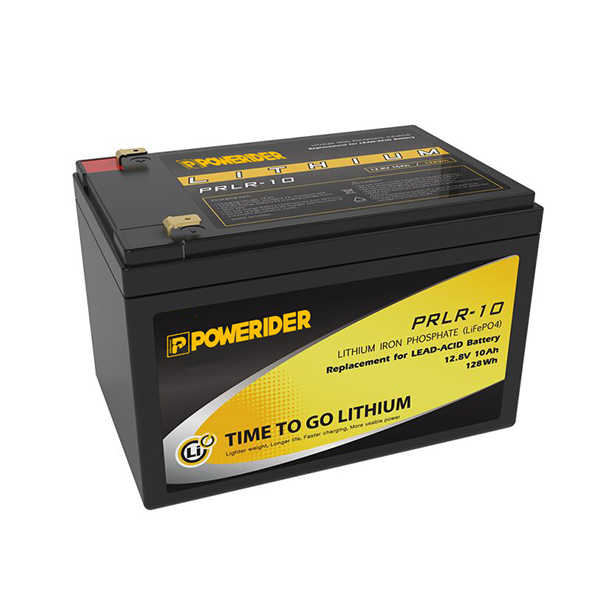
Privacy statement: Your privacy is very important to Us. Our company promises not to disclose your personal information to any external company with out your explicit permission.
![]() July 26, 2023
July 26, 2023

According to foreign media reports, the University of Alberta (University of Alberta) chemist aims to create a new generation of lithium-based silicon batteries, compared with the current battery cell products, its charging capacity (charge capacity) doubled 10 times.
Jillian Buriak, a chemist at the University of Alberta and a Canadian research chair on nanoenergy materials, said: "We want to conduct a variety of tests to see the different effects of silicon nanoparticles of different sizes on the internal fragmentation of batteries."
For large-capacity batteries, the application potential of silicon is greater because the material has rich reserves. Compared with graphite, the silicon material in the battery absorbs more lithium ions. However, after repeated charging and discharging, silicon is prone to cracking or breaking, because the material will expand and contract itself after absorbing and releasing lithium ions, and it is prone to cracks.

According to current research, if silicon is made into nano-sized particles, wires or tubes, it will help prevent them from chipping. Buriak and his team wanted to understand to what extent the volume of such structures needs to be achieved to optimize the properties of silicon materials and minimize their adverse effects.
The researchers divided the silicon nanoparticles into four different sizes, and evenly dispersed them in highly conductive graphene aerogels (highly conductive graphene aerogels), the latter with nano-scale pores, the structure can make up for silicon conductivity insufficient. They found that within a range of 1 meter in diameter, there are 3 billion nano-sized particles, which can provide long-term stability after multiple charge and discharge.
Buriak explained: “As the size of the particles shrinks, we find that the stress control force is enhanced because lithium-based alloying and dealloying can be used to 'breathes'.”
The research shows that the technology can be used in various applications that depend on battery energy storage devices. Imagine that if the size of the user ’s electric vehicle ’s on-board battery is the same as that of the Tesla battery, but its cruising range will be increased by 10 times, its charging time may be shortened to 1/10 of the previous, and the weight of the on-board battery is only 1/10 before.
The above is the University of Alberta uses nano-silicon materials to create new lithium batteries we have listed for you. You can submit the following form to obtain more industry information we provide for you.
You can visit our website or contact us, and we will provide the latest consultation and solutions
Send Inquiry
Most Popular
lastest New
Send Inquiry

Privacy statement: Your privacy is very important to Us. Our company promises not to disclose your personal information to any external company with out your explicit permission.

Fill in more information so that we can get in touch with you faster
Privacy statement: Your privacy is very important to Us. Our company promises not to disclose your personal information to any external company with out your explicit permission.